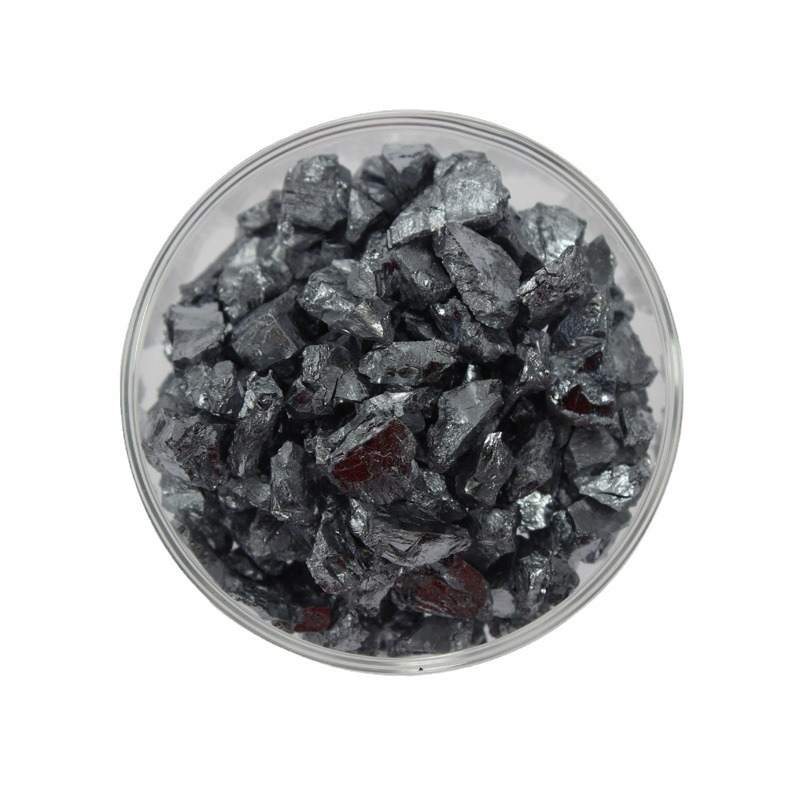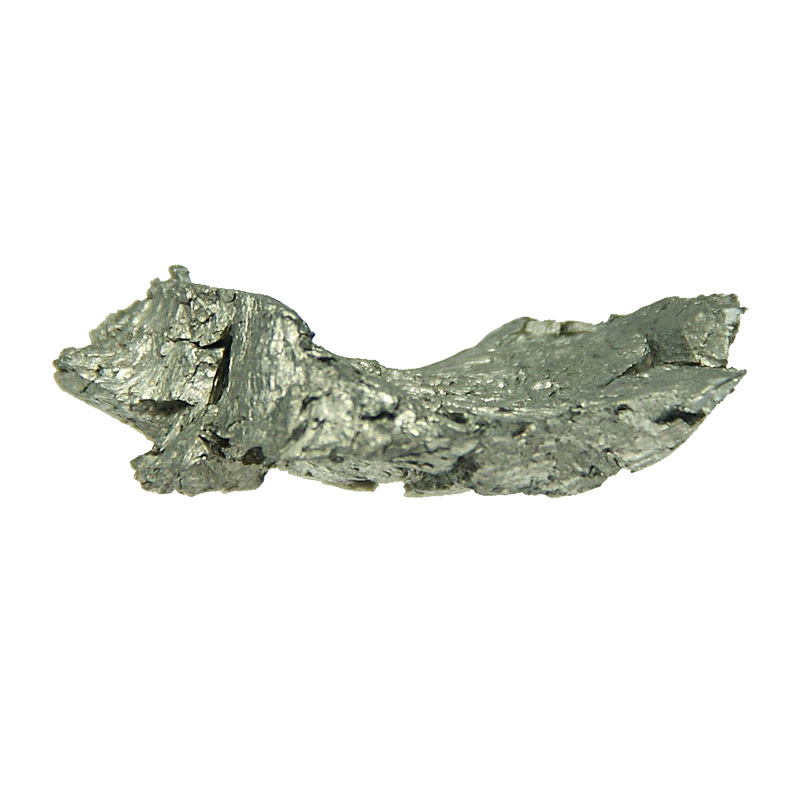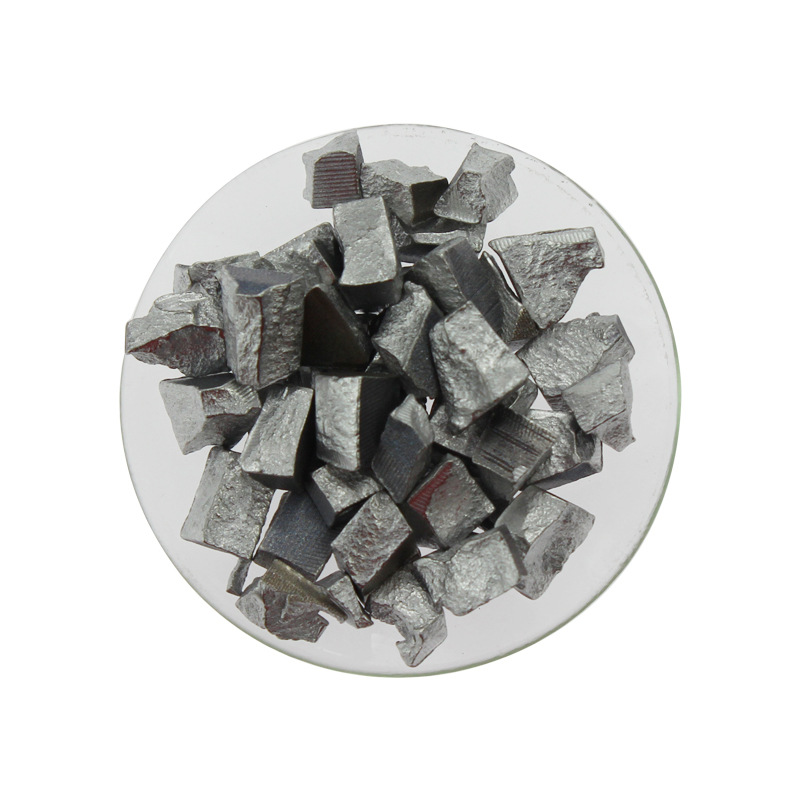Showing 73–84 of 195 results
-

- High Purity: Available in 99.9% (3N) and higher purity levels to ensure minimal contamination in thin-film deposition, resulting in high-performance films.
- Magnetic Properties: Fe₃O₄ is known for its ferrimagnetic behavior, which is useful in both industrial and scientific magnetic applications.
- Stable Evaporation: The pellets are designed for stable and uniform vaporization, ensuring consistent film thickness and quality during deposition.
- Versatile: Suitable for both thermal and electron beam evaporation techniques, making them adaptable for different vacuum deposition setups.
- High Density: Fe₃O₄ pellets provide dense and cohesive vapor deposition, contributing to uniform coating on the substrate.
-

- High purity (≥99.9%).
- Exceptional magnetic and chemical stability.
- Uniform pellet size for precise and consistent applications.
- Customizable sizes and specifications.
- Excellent thermal resistance and mechanical stability.
-

- High Hardness: Provides superior wear resistance for demanding applications.
- Thermal Stability: Retains mechanical and structural integrity at high temperatures.
- Corrosion and Oxidation Resistance: Performs exceptionally well in harsh and oxidative environments.
- Excellent Abrasion Resistance: Suitable for coatings and components exposed to friction and wear.
- Customizable Particle Sizes: Available in a range of sizes to suit specific requirements.
-

- High Hardness: Provides excellent wear resistance, making it suitable for demanding applications.
- Thermal Stability: Maintains structural integrity under high-temperature conditions.
- Customizable Composition: The carbon content can be adjusted to optimize properties for specific applications.
-

- Enhanced Strength: Increases the mechanical strength and wear resistance of the final product.
- Improved Corrosion Resistance: Offers better resistance to oxidation and corrosion compared to pure iron.
- Adjustable Composition: The ratio of iron to manganese can be tailored to meet specific performance requirements.
-

- High Hardness: Ensures excellent wear resistance for industrial applications.
- Thermal Stability: Performs reliably under high-temperature environments.
- Corrosion Resistance: Excellent chemical stability in harsh conditions.
- Customizable Compositions: FeW ratios tailored to specific application requirements.
- Versatile Particle Sizes: Available in nano to micrometer scales for diverse uses.
-

- High Purity: Available in 99.99% (4N) or higher purity levels to ensure contamination-free thin films, crucial for high-precision semiconductor and optoelectronic applications.
- Low Melting Point: Gallium’s low melting point (29.76°C) allows for easy evaporation and controlled deposition processes.
- Good Wetting Properties: Gallium forms uniform films with excellent adhesion to substrates, critical for consistent and reliable thin-film layers.
- Optoelectronic Properties: Gallium’s ability to form gallium-based compounds, such as GaAs and GaN, makes it indispensable in high-performance optoelectronics.
- Versatile Deposition: Suitable for use in thermal and electron beam evaporation systems for consistent and high-quality film growth.
- Chemical Stability: Gallium is resistant to oxidation, ensuring stable and long-lasting films in various environments.
-

- Wide Bandgap (4.8 eV): Ga₂O₃ is a wide-bandgap semiconductor, offering superior electrical performance in power electronics and UV detection.
- High Optical Transparency: Ga₂O₃ is transparent in the UV-visible range, making it an ideal material for optical applications.
- High Thermal and Chemical Stability: The material exhibits stability under extreme thermal conditions, enhancing its performance in harsh environments.
- Excellent Thin Film Quality: Ga₂O₃ forms smooth, uniform thin films, ensuring high precision in electronic and optical devices.
- Low Cost and Availability: Compared to other wide-bandgap semiconductors like SiC or GaN, Ga₂O₃ offers a cost-effective alternative for high-performance electronics.
-

- Strong Magnetic Properties: Gadolinium exhibits significant paramagnetic behavior, especially near room temperature, making it useful in advanced magnetic applications.
- Optical and Thermal Stability: Gadolinium’s stability at high temperatures allows it to be deposited as a durable thin film in various optical and thermal applications.
- High Purity: The high purity of Gadolinium ensures optimal performance in precision deposition processes like thermal evaporation and e-beam evaporation.
- Rare-Earth Luminescence: Gadolinium can be used in luminescent materials, enhancing performance in lighting and display technologies.
-

- Magnetic Properties: Exhibits strong paramagnetism, making it useful in magneto-optical and spintronic devices.
- High Dielectric Constant: Gd₂O₃ has a high dielectric constant, making it an excellent material for electronics and capacitors.
- Thermal Stability: Gd₂O₃ can withstand high temperatures, making it suitable for high-performance applications.
- Optical Transparency: It has excellent transparency in both visible and infrared wavelengths, ideal for optical coatings.
- Chemical Inertness: Highly resistant to corrosion and oxidation, ensuring long-term stability of thin films.
-

- High Refractive Index: Germanium has a high refractive index (around 4.0 at 10 µm), making it ideal for IR optics and imaging systems.
- Broad Infrared Transparency: Germanium is transparent in the infrared spectrum, making it suitable for IR optical coatings, lenses, and filters.
- Excellent Electron Mobility: Germanium’s electron mobility is higher than silicon, enhancing its application in semiconductor devices.
- High Purity: Germanium used in evaporation is highly purified (typically ≥ 99.99%), ensuring uniform and high-quality thin films.
- Low Melting Point: Germanium has a relatively low melting point (937°C), making it easy to evaporate in standard PVD systems.
- Compatible with Silicon: Germanium is often used in conjunction with silicon in semiconductor and optoelectronic applications.
-

- Excellent IR Transparency: GeSe₂ has good transmission in the infrared spectrum, making it ideal for optical coatings and IR components.
- Semiconducting Properties: It exhibits semiconductor behavior, making it useful for electronics, photonics, and photovoltaic applications.
- Phase Change Behavior: GeSe₂ can undergo reversible phase changes, a property that is useful in memory storage devices.
- Good Film Uniformity: When evaporated, GeSe₂ forms uniform, high-quality thin films, suitable for precise optical coatings and electronic applications.












